-DENBY... AND THEN CANBY - "THE DE PALMA CAMERA APPEARS TO HAVE AN INTELLIGENCE OF ITS OWN"
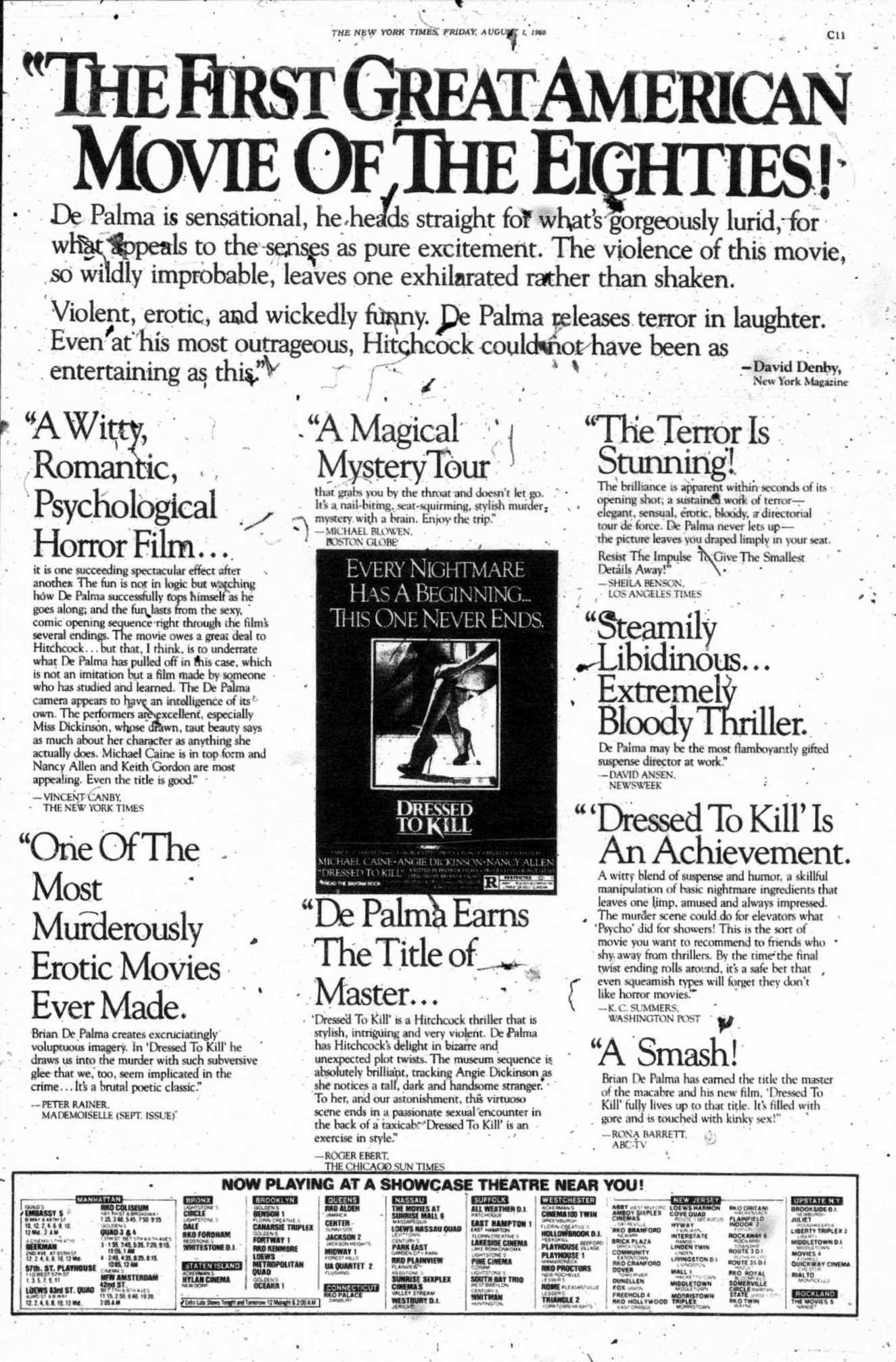
 Hello and welcome to the unofficial Brian De Palma website. Here is the latest news: |
|---|
E-mail
Geoffsongs@aol.com
-------------
Recent Headlines
a la Mod:
Listen to
Donaggio's full score
for Domino online
De Palma/Lehman
rapport at work
in Snakes
De Palma/Lehman
next novel is Terry
De Palma developing
Catch And Kill,
"a horror movie
based on real things
that have happened
in the news"
Supercut video
of De Palma's films
edited by Carl Rodrigue
Washington Post
review of Keesey book
-------------
Exclusive Passion
Interviews:
Brian De Palma
Karoline Herfurth
Leila Rozario
------------
------------
| « | August 2020 | » | ||||
| S | M | T | W | T | F | S |
| 1 | ||||||
| 2 | 3 | 4 | 5 | 6 | 7 | 8 |
| 9 | 10 | 11 | 12 | 13 | 14 | 15 |
| 16 | 17 | 18 | 19 | 20 | 21 | 22 |
| 23 | 24 | 25 | 26 | 27 | 28 | 29 |
| 30 | 31 | |||||
De Palma interviewed
in Paris 2002
De Palma discusses
The Black Dahlia 2006

Enthusiasms...
Alfred Hitchcock
The Master Of Suspense
Sergio Leone
and the Infield
Fly Rule
The Filmmaker Who
Came In From The Cold
Jim Emerson on
Greetings & Hi, Mom!
Scarface: Make Way
For The Bad Guy
Deborah Shelton
Official Web Site
Welcome to the
Offices of Death Records
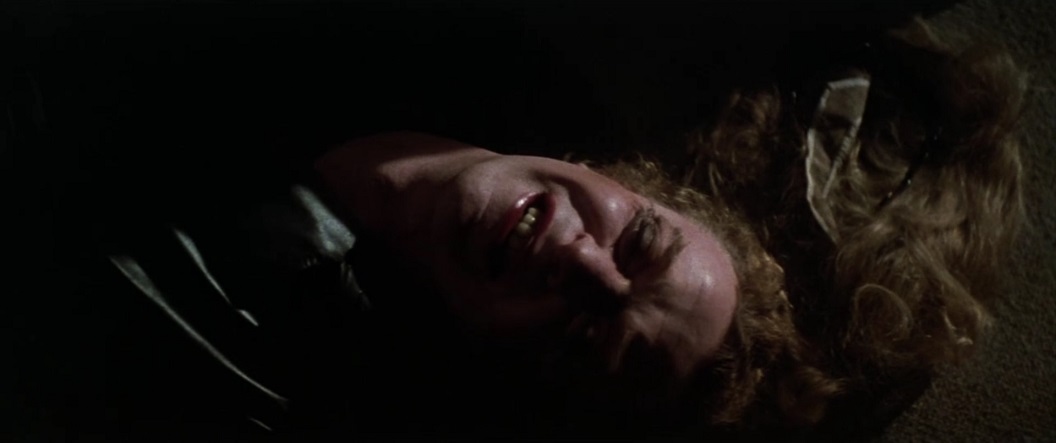
"As a fan of De Palma and a trans woman," Crets states, "I’ve always struggled with this film. Over the years, a different portrait of the trans killer Bobbi began to emerge; each new viewing led me to believe there’s more empathy towards her than other critical readings have suggested." Crets feels that while "the film has some pop psychology gobbledygook about two sexes inhabiting the same body," De Palma nevertheless did his research. "Without meaning to, he crafted a story that actually tells us important things about the way trans people were treated in the late ‘70s."
Here's an excerpt from Crets' article:
In his 2015 Daily Beast piece on the Criterion release, writer Keith Phipps quotes trans woman film critic Alice Stoehr as noting, “Elliott’s pathology—‘opposite sexes inhabiting the same body’—bears minimal resemblance to the experiences of actual trans women. Instead, it reads as a conflation of trans identity with dissociative identity disorder. At its most hostile, Dressed To Kill suggests that trans women are dangerous, unstable, and confused. Whereas in Carrie, De Palma found truth by telling his monster’s story, here the monster is incomprehensible and alien.” This was one of the nicer quotes I found about the movie from other trans women, but you get the idea.As a fan of De Palma and a trans woman, I’ve always struggled with this film. Over the years, a different portrait of the trans killer Bobbi began to emerge; each new viewing led me to believe there’s more empathy towards her than other critical readings have suggested.
The film has some pop psychology gobbledygook about two sexes inhabiting the same body – that both Dr. Elliott and Bobbi, the trans woman, wanted control, and Dr. Elliot barred Bobbi’s transition. Liz asks Bobbi’s gender psychiatrist, Dr. Levy, about this: “You mean when Elliot got turned on, Bobbi took over?” Levy responds, “Yes, it was like Bobbi’s red alert. Elliot’s penis became erect and Bobbi took control, trying to kill anyone that made Elliot masculinely sexual.”
In the 1960s and 1970s, it was much harder for trans people to be able to transition in America. One would have to fit a very narrow criteria to be approved for the process. The Harry Benjamin International Gender Dysphoria Association, long one of America’s primary trans gatekeeping associations, described it this way in 2001:
During the 1960s and 1970s, clinicians used the term true transsexual. The true transsexual was thought to be a person with a characteristic path of atypical gender identity development that predicted an improved life from a treatment sequence that culminated in genital surgery. True transsexuals were thought to have: 1) cross-gender identifications that were consistently expressed behaviorally in childhood, adolescence, and adulthood; 2) minimal or no sexual arousal to cross-dressing; and 3) no heterosexual interest, relative to their anatomic sex… Belief in the true transsexual concept for males dissipated when it was realized that such patients were rarely encountered, and that some of the original true transsexuals had falsified their histories to make their stories match the earliest theories about the disorder.
An argument can be made that Dr. Elliott, who would have been familiar with these gatekeeping guidelines, would have found it impossible that he could be trans. Most of his profession would have believed this, which could have caused him to try to squash these desires. In fact, Dr. Elliot represents the psychiatric field’s gatekeeping of trans people for not fitting a very narrow definition, which came from the doctor’s own biases over what makes someone a man or a woman.
Does this make Bobbi the secret hero of Dressed to Kill? Not really, as she is still committing murder. To some extent, she represents the way marginalized communities can sometimes misdirect their anger towards other marginalized communities. It’s the patriarchal field of psychology that has prevented her from transitioning, but she instead focuses on the immediate problem: that when she sees attractive women she becomes aroused and this prevents her from reaching her goal of transition. Rather than blame the problem, she blames a symptom of the problem.
Did De Palma set out to hide all this subtext in Dressed to Kill? Probably not, but there are two things about De Palma that aren’t talked about enough. One is that the man does his research. He certainly did not set out to make a film about trans gatekeeping, but he seems to have done enough research to have been aware of its existence – and that impacted where his film went and how he dealt with the (admittedly loose) psychology in it. Without meaning to, he crafted a story that actually tells us important things about the way trans people were treated in the late ‘70s.
The second point is that De Palma, for all the talk of cruelty that surrounds his filmography, is ultimately an empathetic filmmaker.
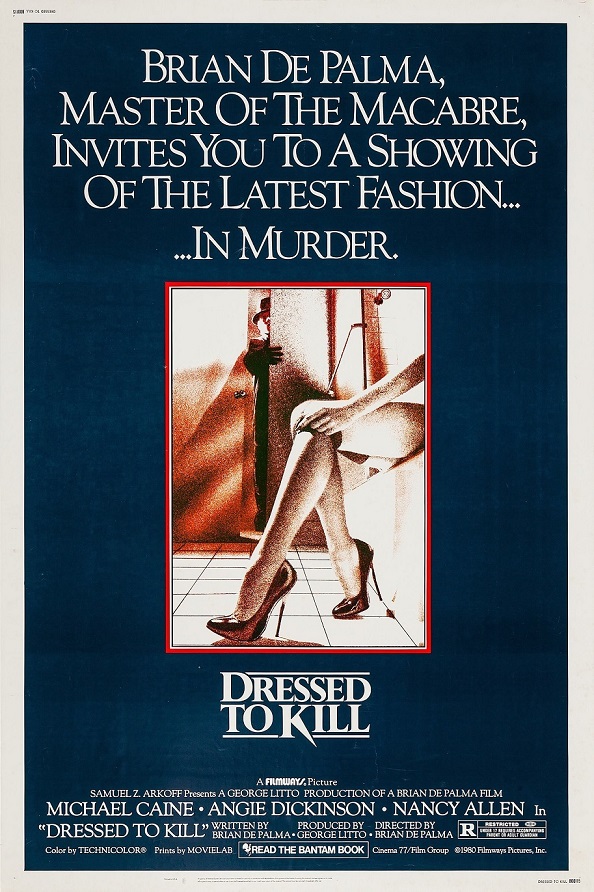
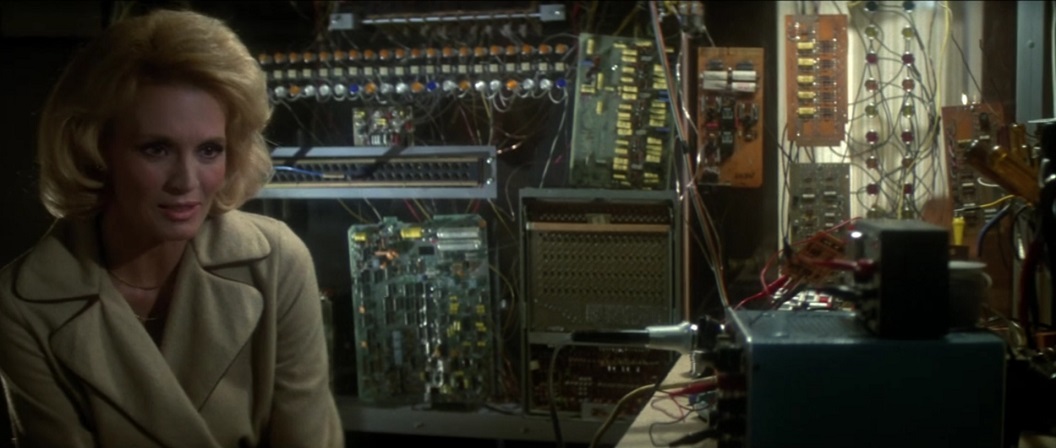
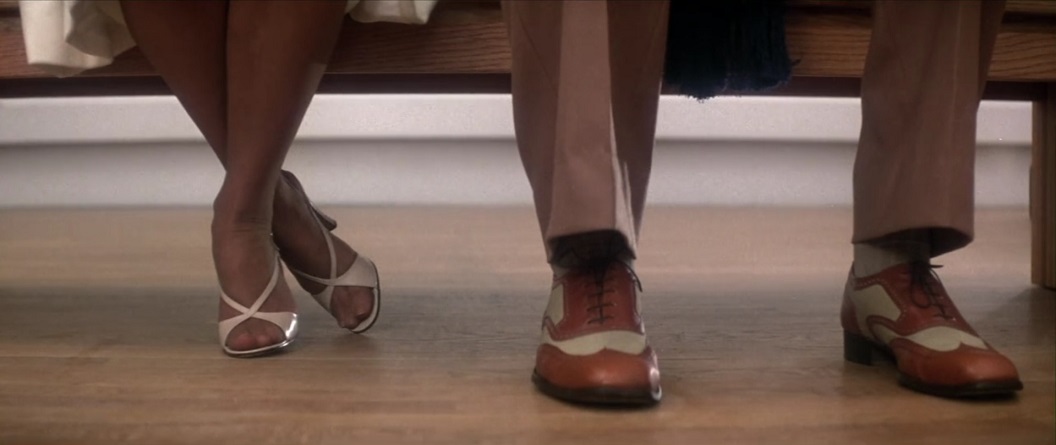
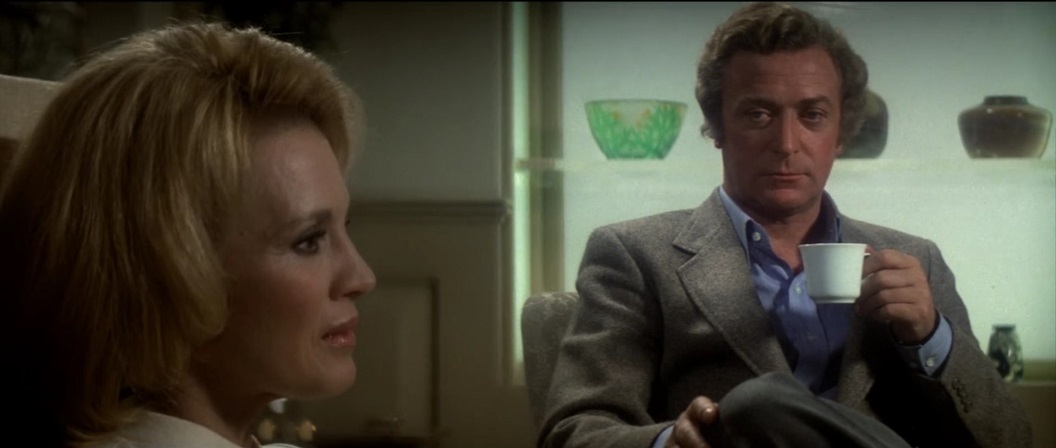
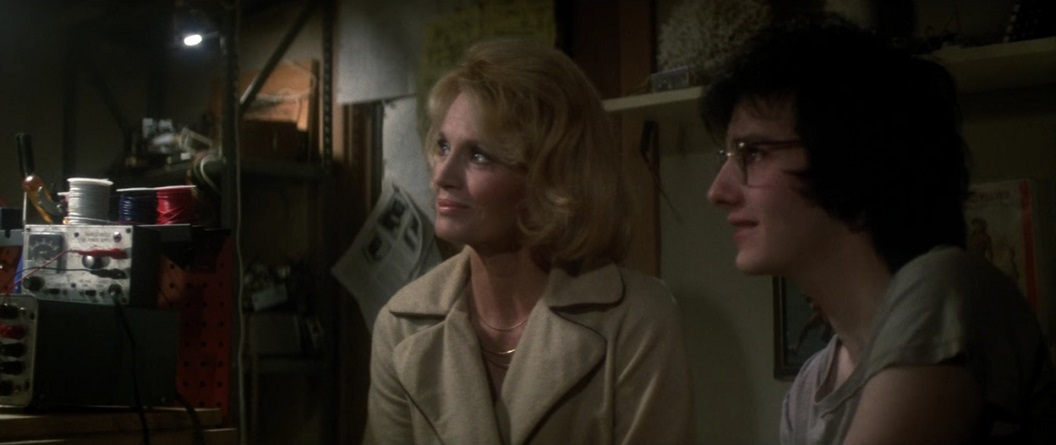

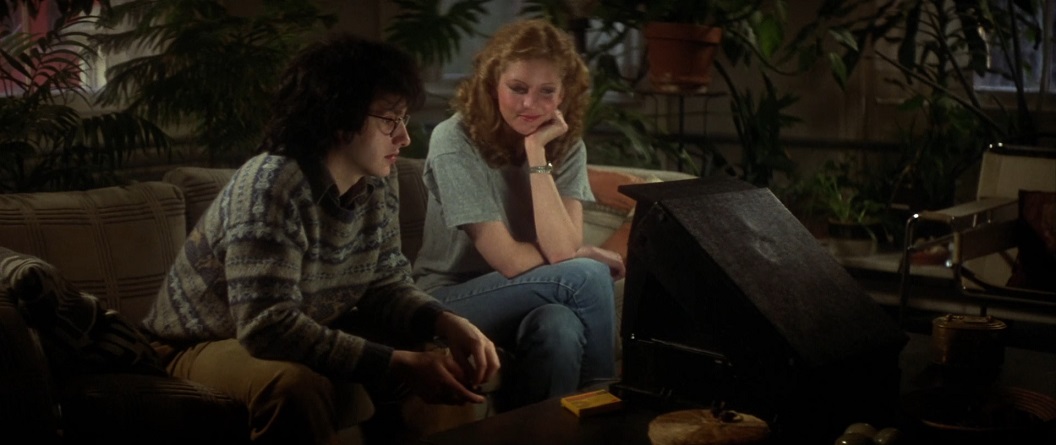
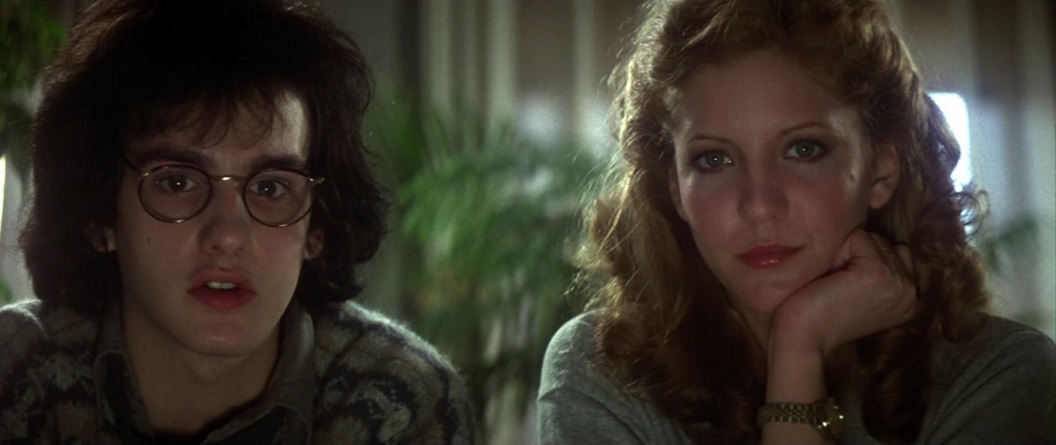
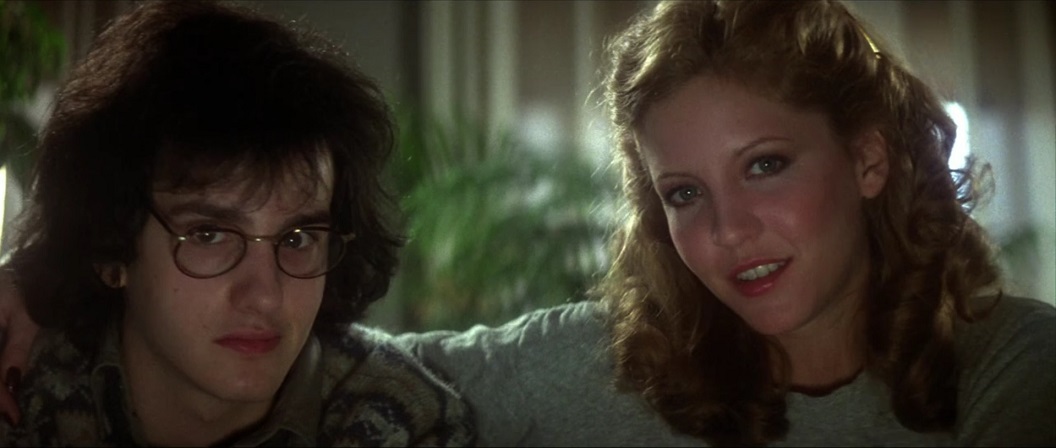
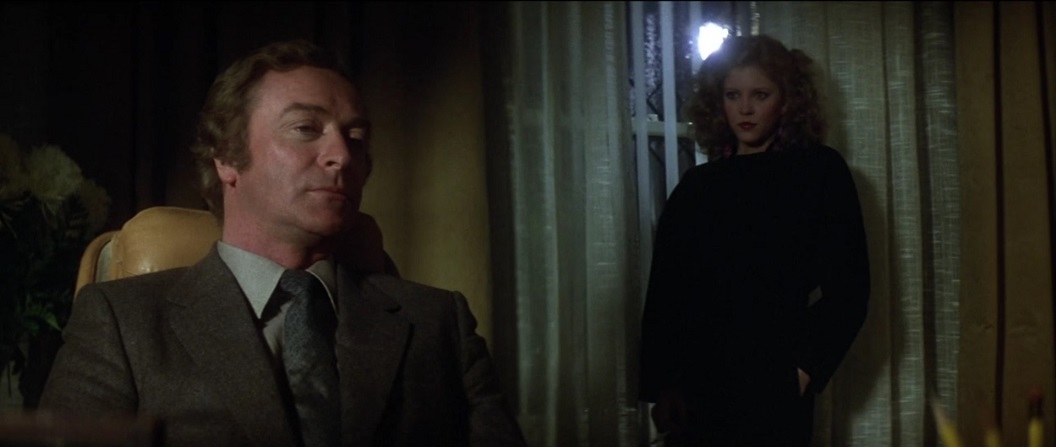
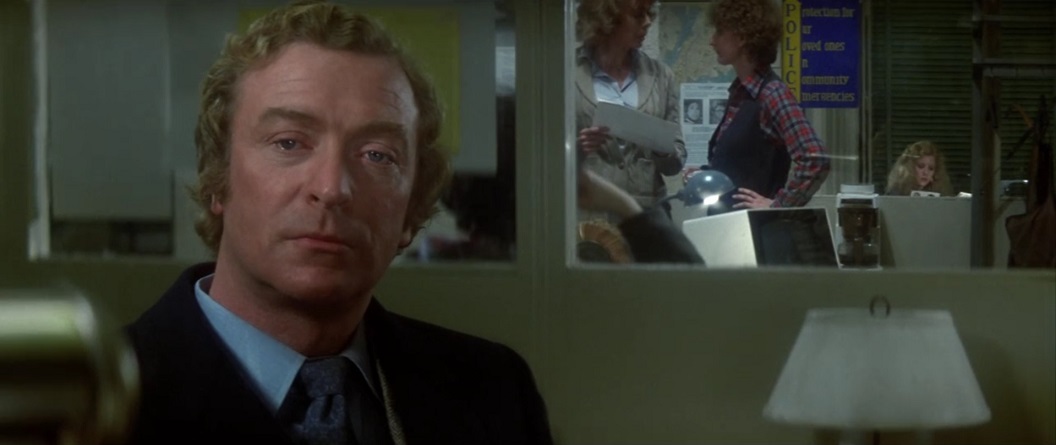
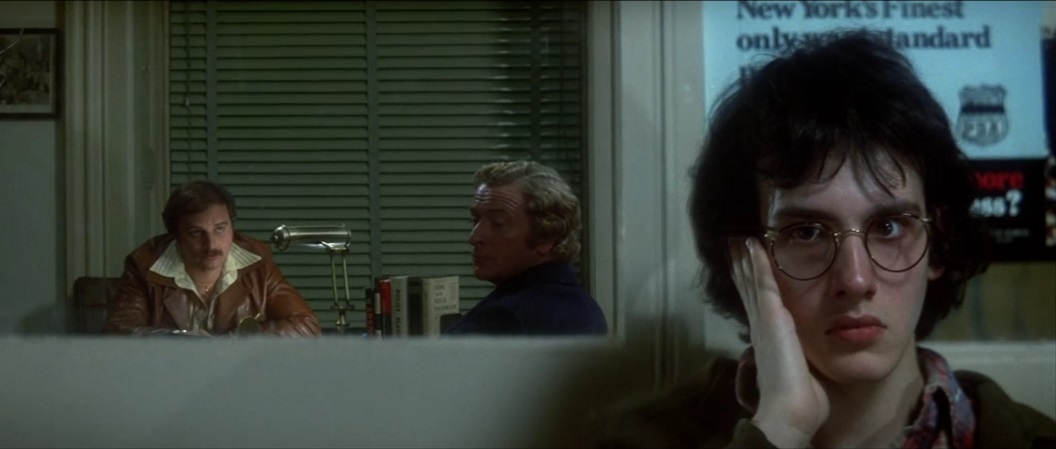
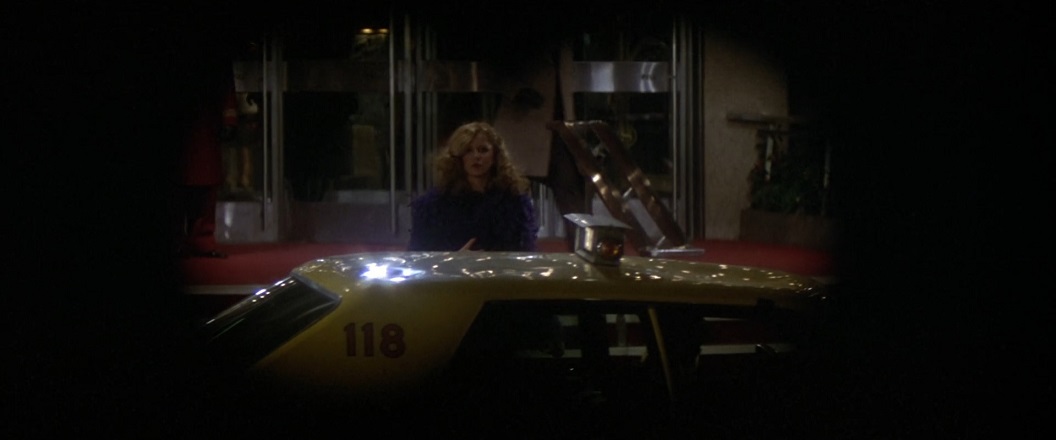
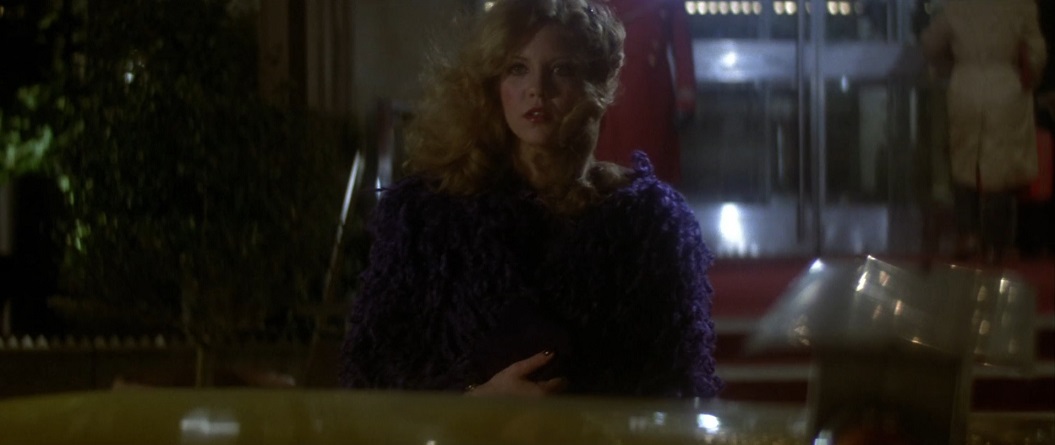


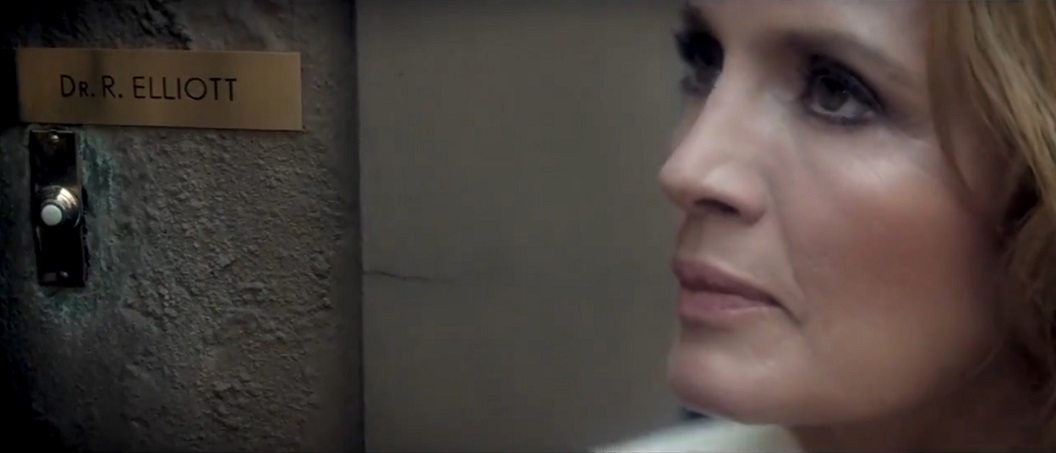
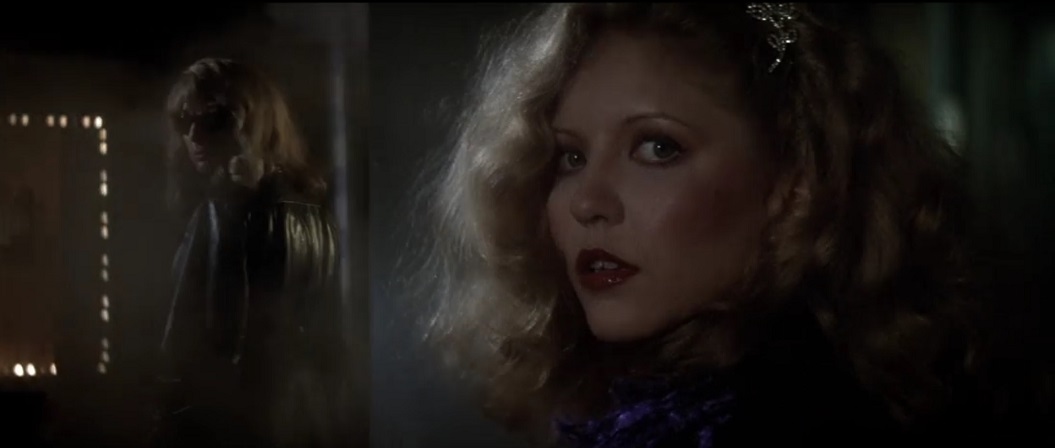

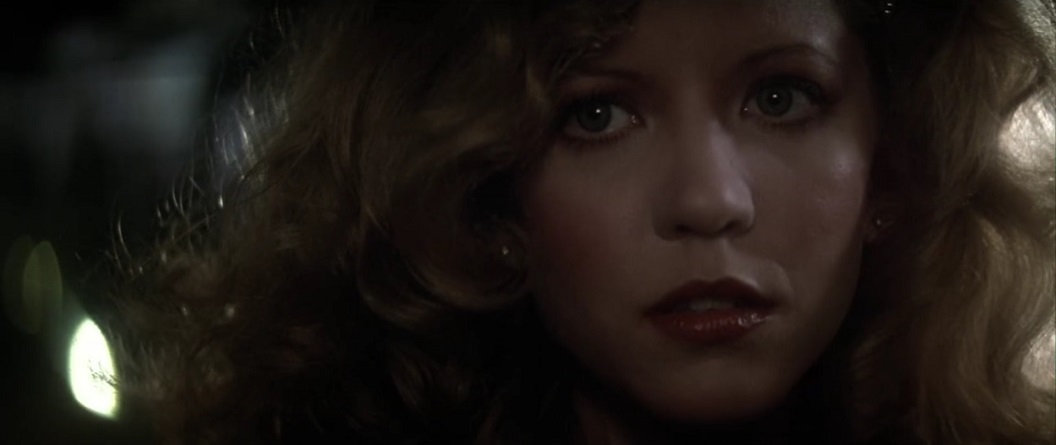
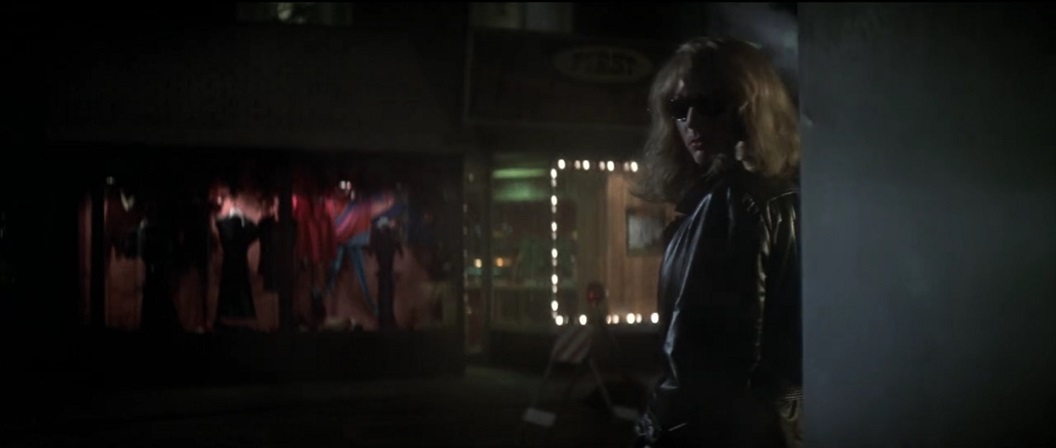
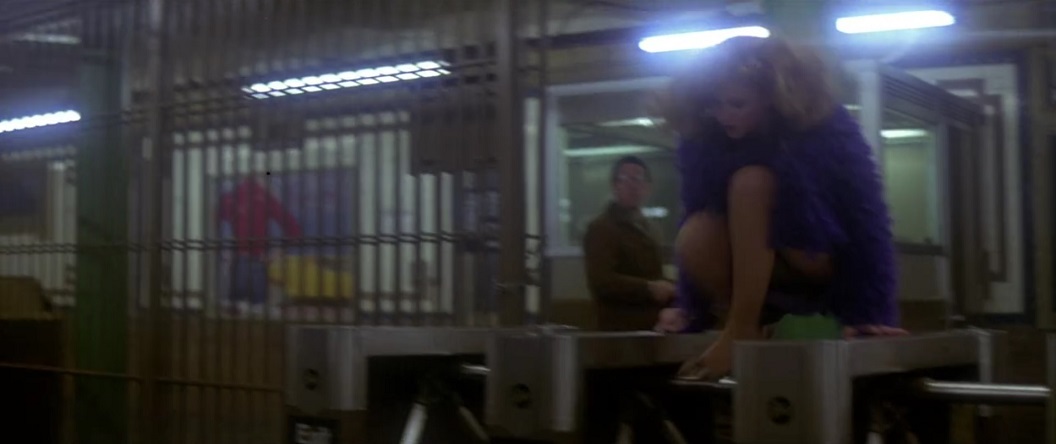
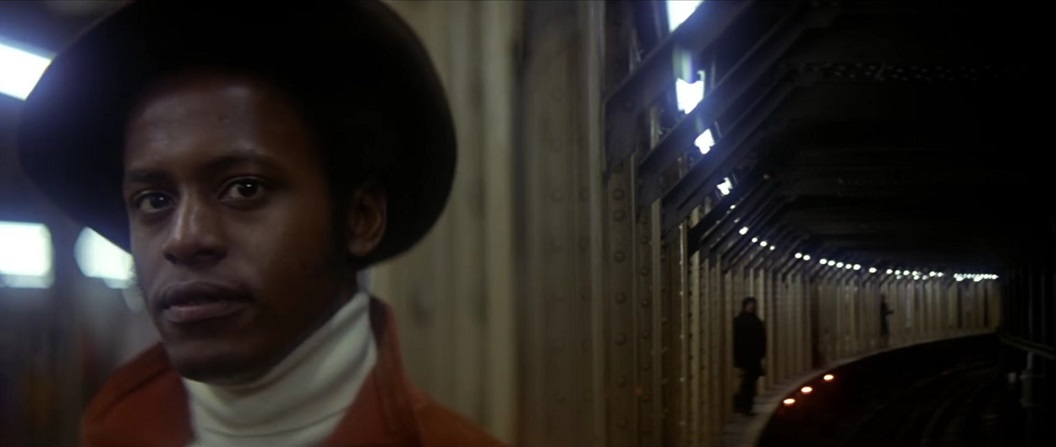
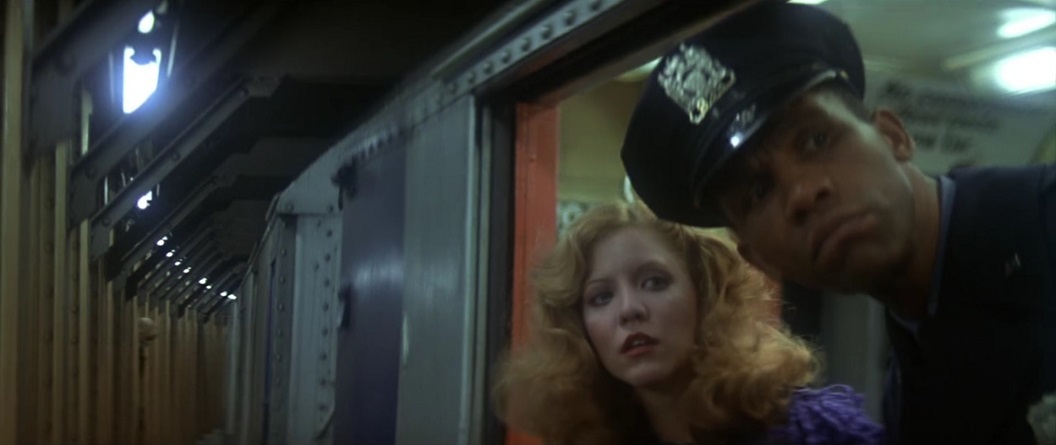
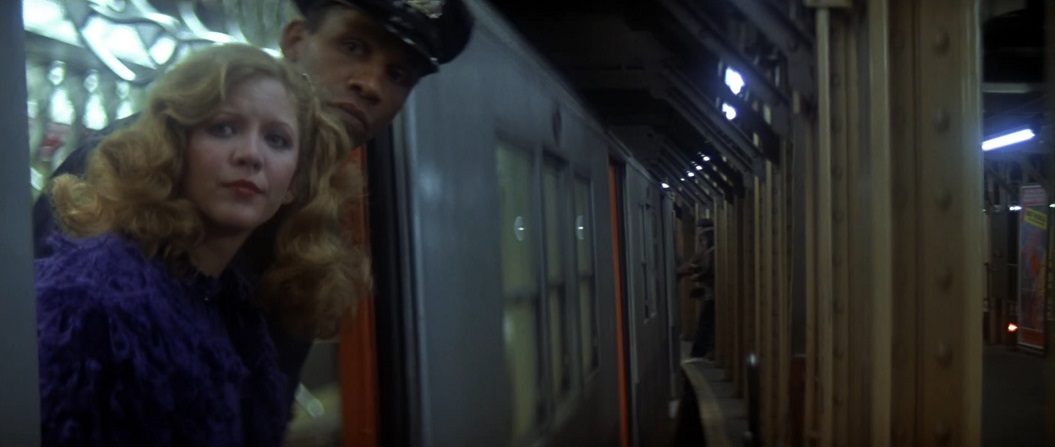
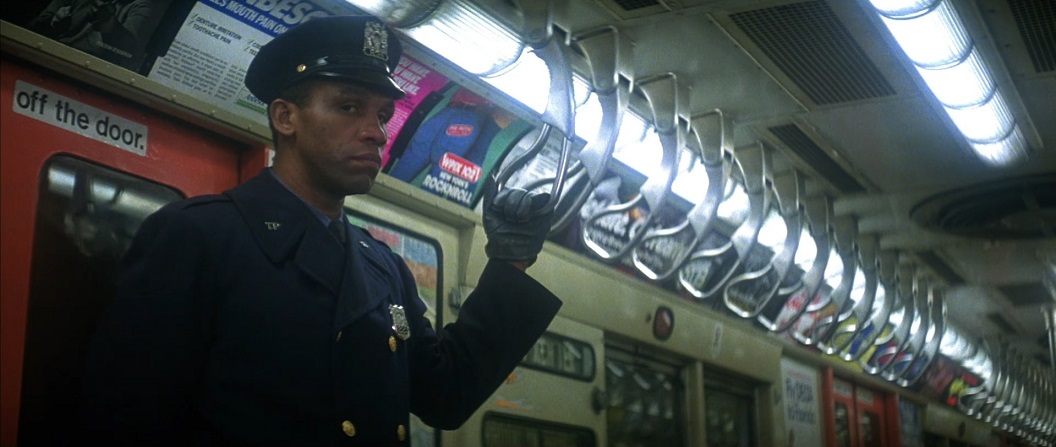
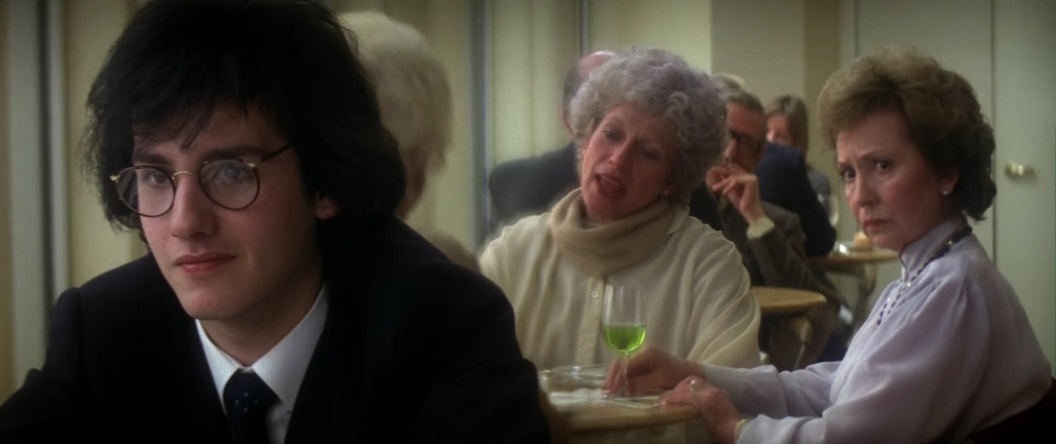

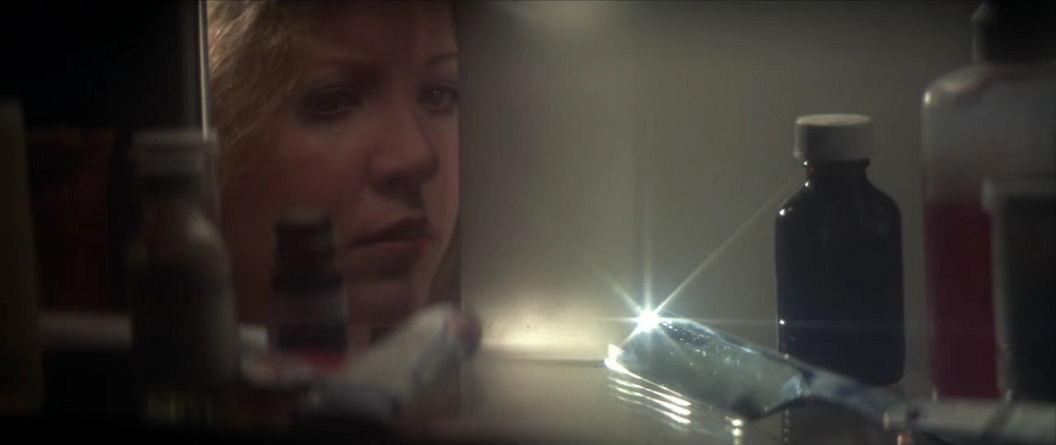
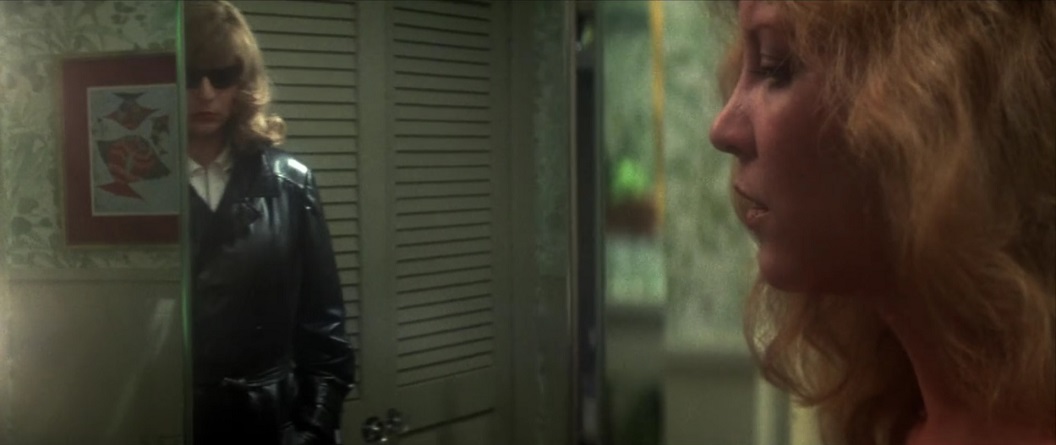
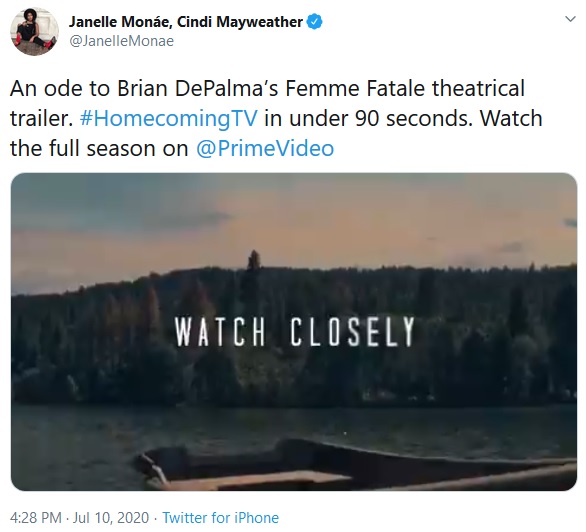

More details on the Donaggio cues used in Homecoming
Homecoming borrows from Donaggio's score for Dressed To Kill
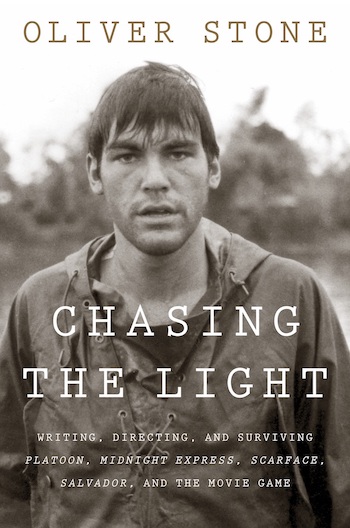 "I saw [Scarface] for the first time in a packed theater on Broadway with a paying audience, mostly Latino and black, which gave the film street cred, and right there I knew it was a better movie than the film crowd thought — and that it would last." So says Oliver Stone in an exclusive excerpt today at MovieMaker "adapted" from Stone's new memoir, Chasing The Light, out today. "I knew it from riding the New York subways," Stone continues in the excerpt. "I knew it from hearing people talk on the street. I knew it from the people who shouted back at the film, who’d repeat the lines and laugh on the playgrounds and in the parks. These people knew it in their gut. The War on Drugs was bullshit from beginning to end, a fraud sending them to prison in massive numbers. These people knew that Tony Montana had a code of honor of his own, and as fucked up as he was, he was true to his nature till that end. He was a free man. I heard from his family years later that Pablo Escobar, the emerging king of cocaine at that time down in Colombia, adored it and screened it many times. And within a couple of years, the white folks who knew the drug world came to appreciate it. Michael Mann plunged right in with the TV series Miami Vice (1984). He saw the power of it, acknowledged it to me, and cashed in more than we ever did. By the time I made Wall Street in 1987, the young white guys down there were quoting it back to me at viewing parties.
"I saw [Scarface] for the first time in a packed theater on Broadway with a paying audience, mostly Latino and black, which gave the film street cred, and right there I knew it was a better movie than the film crowd thought — and that it would last." So says Oliver Stone in an exclusive excerpt today at MovieMaker "adapted" from Stone's new memoir, Chasing The Light, out today. "I knew it from riding the New York subways," Stone continues in the excerpt. "I knew it from hearing people talk on the street. I knew it from the people who shouted back at the film, who’d repeat the lines and laugh on the playgrounds and in the parks. These people knew it in their gut. The War on Drugs was bullshit from beginning to end, a fraud sending them to prison in massive numbers. These people knew that Tony Montana had a code of honor of his own, and as fucked up as he was, he was true to his nature till that end. He was a free man. I heard from his family years later that Pablo Escobar, the emerging king of cocaine at that time down in Colombia, adored it and screened it many times. And within a couple of years, the white folks who knew the drug world came to appreciate it. Michael Mann plunged right in with the TV series Miami Vice (1984). He saw the power of it, acknowledged it to me, and cashed in more than we ever did. By the time I made Wall Street in 1987, the young white guys down there were quoting it back to me at viewing parties. "The film would live on strangely in my life, an inside-the-park home run, an entrée to a certain wild, transgressive sector of our society. For years, people would congratulate me and quote me lines from it. Gangsters and their ilk would buy me drinks, champagne, in such faraway places as Egypt, Russia, Cambodia. I could’ve made a great deal of money by accepting a sequel, but my 'gangster' thoughts were ready to explode into the new milieu of Wall Street.
"Scarface was not The Godfather. It lacked the family and the sense of a tragic arc. But it was a juicy, crude opera of a drug dealer’s life set across a slimeball American materialism flowering in South Florida, the madness of a dream that always wants “more … more … and even more.” Greed was indeed good. The ’80s had arrived."
The above is only the last part of the excerpt-- read the full excerpt at MovieMaker. Here's the MovieMaker intro:
Before Scarface launched a boatload of T-shirts, posters, memes, and dubious imitations of Al Pacino’s cocainized Tony Montana, the film, written by Oliver Stone, was just a movie in trouble.In this excerpt from his new memoir Chasing the Light: Writing, Directing, and Surviving Platoon, Midnight Express, Scarface, Salvador, and The Movie Game, Oliver Stone recalls how he found himself caught between Pacino, Scarface director Brian De Palma, and Scarface producer Marty Bregman after a rough-cut screening of the movie that would soon become beloved as a classic of ’80s excess. Everything would work out, of course—in just a few years, Oliver Stone won the Academy Award for Best Director for Platoon, which also won Best Picture. Pacino and Bregman continued their long professional collaboration with Sea of Love and another De Palma film, Carlito’s Way.
De Palma’s next film after Scarface was Body Double, another very ’80s, freakishly watchable film that wasn’t an immediate success but has earned a ravenous cult following. And soon after he made another Al Capone-indebted gangster epic (one that got more initial respect than Scarface), The Untouchables. Stone eventually reunited with Pacino, this time as a director, in the adrenalized but surprisingly affectionate Any Given Sunday, another Miami-set tale of machismo, greed, and desperation.
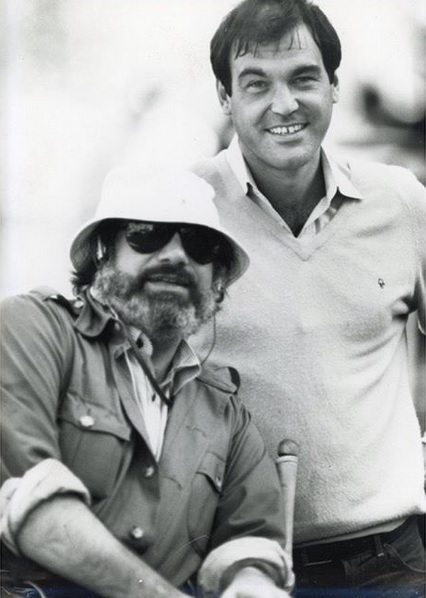
A couple of years ago, I shared a video made by Carl Rodrigue and his friend from when they visited Mission: Impossible filming locations in Prague and London. Now the pair have put together a video (above) that collects their trips over recent years to filming locations from 11 of Brian De Palma's films.
In an email, Rodrigue writes:
These road trips about filming locations would not have been possible if I hadn’t met this friend, who is a not only a cinema buff, but also loves De Palma as much as you and I. Fun fact: we met on the Internet in 1996 looking for Murder a la Mod. We never found it of course and, as many De Palma fans, we had to wait until the Blow Out Criterion release to watch it.Having said that, it’s a major treat to found yourself on any filming location, if you ask me.
Especially, the ones from De Palma’s movies!
Phantom of the Paradise
All pictures were taken in Dallas. We tried to visit the Greystone Mansion in California, but didn’t get the permission.
Same goes for the Majestic Theater in Dallas. Next time, we’ll buy tickets to see a show so we can enter.
Since we were not sure where the exterior scenes were shot, we still took pictures of the Majestic and I put one in the video.
Obsession
The street of the Courtlands' house is part of a walking tour you can take while in New Orleans. The house is apparently famous for being is some other movies as well as Obsession, we heard a guide saying. We had to wait for the tourists to leave to take our pictures.
Carrie
There are only three trees left near the place where Carrie walks.
As soon as we put a foot on the college where the volley ball scene was filmed, we went to talk to a guardian who was there and we were taken to the principal’s office. We explained our project, but didn’t have the permission to take pictures while students were there, and our tight schedule meant we were not able to wait.
We were a little discouraged as we encountered the same reception at the next college where Carrie walks out from the fire, but since the movie was made, it was changed to a museum, so we got lucky there.
Another luck : we found the road where Chris and Billy try to kill Carrie just a few weeks before we left for our second road trip.
The Fury
Again, our tight schedule prevented us from visiting other locations from The Fury. But we can agree on the fact that it’s one of the best scenes of the movie if not the best.
Dressed to Kill
The museum shots you see are not exactly the same as the movie, since that portion was in renovation when we visited. Still, the architecture is the about the same on all floors, so it wasn’t too hard to take pictures that look like the ones in the movie.
We were also amazed to find the painting you see at 2:08, so I to put it in the video.
Blow Out
It took us a while to get access to the bridge – it’s harder / more complicated than we first thought. And even then, as you’ll see in the first picture, we were on the opposite side. By the way, I don’t know how many accidents there are there, but as you can see, the barrier is still damaged! :-o
Do I have to tell you that the murder shot was taken in the men’s bathroom, and not the women's? ;)
Also, we went two times to Philadelphia. The first time, the place where Sally is killed was closed. Fortunately we got lucky the second time!
Body Double
Maybe the biggest disappointment of all was not getting permission to take pictures at the Beverly Hills mall.
It’s very hard to get a good shot of the Chemosphere House since vegetation and other houses are in the way.
While we were figuring how to take pictures of the beach house, a gentleman saw us and let us enter. Sometimes, it seems that our Quebec accent helps. People understand how far we've come and will give us freebies like this. That’s how we were able to get the picture you see at 3:09.
The tunnel is now closed – since many years ago, it seems – but you could still see the façade from the beach.
The Untouchables
I remember I told you about the time I went to Chicago in 2015 when the staircase was in renovation. Talk about a MAJOR disappointment! Still I took some other pictures in 2015 and of course we put Chicago on our map for the road trips of 2016 and even 2019.
We took a diner at the Houndstooth Saloon.
Maniacs that we are, we went all the way to Montana for the frontier scene.
I’m especially proud of the Capone shot on the stairs (3:39). I took it in 2015 and didn’t have the pictures of the movie with me that time, but I still got the right angle.
As for the church, what can I tell you? This one of my favorite shots of all time: the hands near the camera, the heads further and the depth of field which leads us all the way to the back of the church. This is badass composition. No wonder I used it as the thumbnail. ;)
Casualties of War
Not much to be said here since, as you know, these shots were the only ones possible to take.
Oh and yes, for the first one we had to stand there for a little while waiting for the tramway to come and be able to take matching pictures.
Raising Cain
The manager of the Raising Cain motel was kind enough to let us take our pictures. Very appreciated. Another time where our Quebec accent might have helped.
We took more pictures at the park, but the scenery sure changed a lot since 1992.
Another treat was to be able to take as many pictures as we wanted inside the police station of Raising Cain (in fact a town mall). We have documented pretty much the whole sequence-shot.
Mission: Impossible
Finally for Mission: Impossible, pretty much all the pictures are from the video I made in 2018. The only new one is the 5:12 one which I found a way to insert here.
I don’t know if I told you back then, but remember when Tom Cruise says to Emmanuelle Béart: “There was nobody on the bridge.” ? Well, I have been in Prague for a week, and went to Charles bridge maybe five or six times at different hours trying to get these kind of shots.
Tom Cruise is a liar : There’s ALWAYS someone on the bridge.
So that’s about it. This is just the tip of the iceberg. We have many more pictures, so I’ll let you know when I’ll make some new videos about single films.
In the future, a third and final road trip in the States would include the east coast; especially in Miami for Scarface and New York for Carlito’s Way, Sisters, and some other shots from Dressed to Kill.
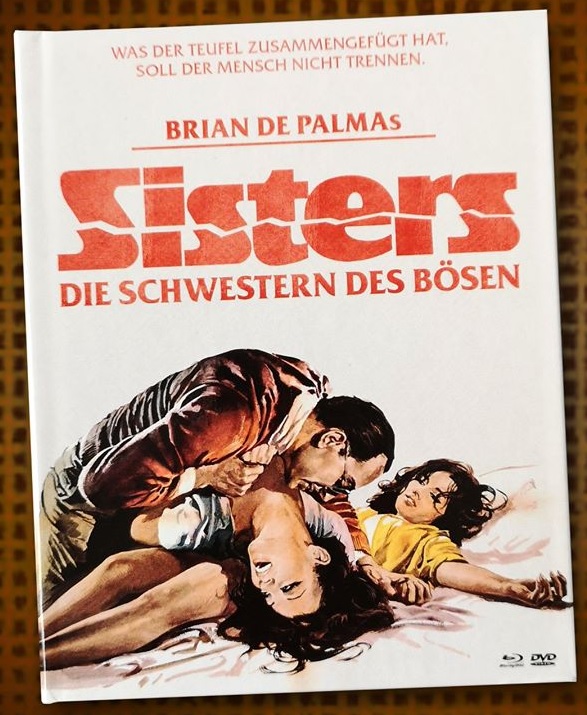
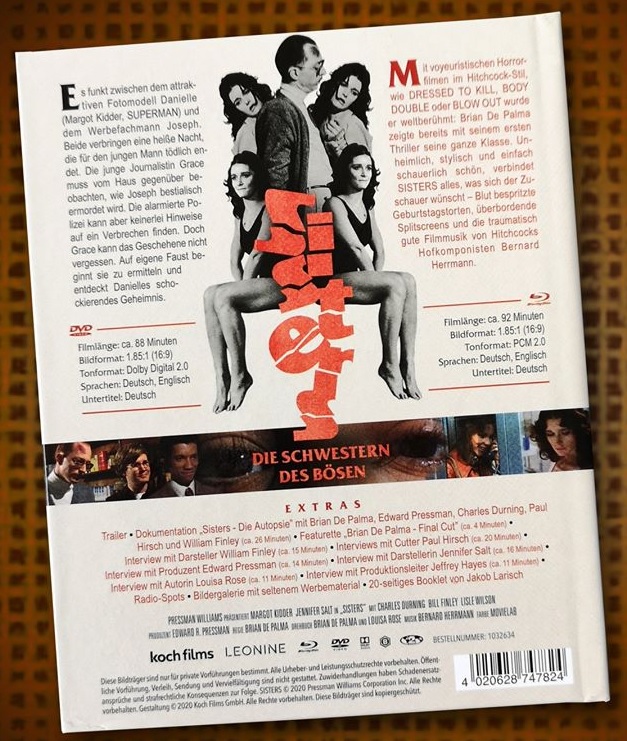


"I found this tucked away in an old book yesterday," Culp writes in the Instagram post. "It's from my Hollywood days. Working tirelessly as an assistant to Brian De Palma. It reminded of a time when we were shooting in Montreal, this powerful creative group of women on the set in high positions where asking me 'What do you want?' We would like to help you fulfill your dreams. They saw I was in a power position, they were from a different culture they were seeing something in me that I could not see quit[e] yet. The problem was I did not know what I wanted. This experience thrusted me into analysis in a attempt to figure it out. I worked hard and what I found was a different path. Now I am at that point again in my life. What is my purpose now wnd in addition how can I help younger women find calling. It's all about communication and a thirst for learning from others. Keep talking, keep helping and Happy Filmmaker Friday and just to keep it as real as possible life really is a shit show right now :)"
Name a more iconic horror movie scene than Sissy Spacek getting drenched in pig's blood in Carrie.We'll wait.
The signature Brian DePalma split-screen effect, the jeering crowd, the humiliation that gives way to unrestrained female rage — the elements that make Carrie a stone-cold classic are present in the new music video for "I Really Don't Care" from The Venomous Pinks.
"I’m pretty grateful for my bandmates," says Drea Doll, vocalist and guitarist for the band. "They let me run with any crazy idea I have."
Director Alexander Thomas asked her what her favorite horror movie was, and a concept was born.
Doll says, "Carrie is truly, I feel, one of the first feminist horror movies. We figured, 'Let’s do the prom scene, an homage to it where it’s a punk-rock prom.'"
In the video, The Venomous Pinks are the live entertainment at the fateful dance. Dressed in matching pink satin shirts, they finish the song as the room burns around them.
Bassist Gaby Kaos takes lead vocals on the track; she wrote a version of the song years ago in response to a bad relationship. In a press release, she says she wrote the song after leaving a boyfriend who wanted her to give up her dreams of a music career.
These days, the song has taken on an additional meaning — namely, that the band won't let anything stop them from accomplishing their goals.